Welcome to Day #34 of 100 Days of Travel where I’m safely hiking around Macedonia. Today, I’m talking about some tips and tricks while trekking solo.
I’ve always been a solo traveler. Even when covering music festivals I usually show up alone so it’s not totally surprising that I spend most of my time hiking alone. Like solo traveling, hiking alone has its pros and cons with the main disadvantage for me is safety. Having spent at least of my life without health insurance (and the other half with terrible health insurance) has made me hyper-aware of risk when it comes to safety.
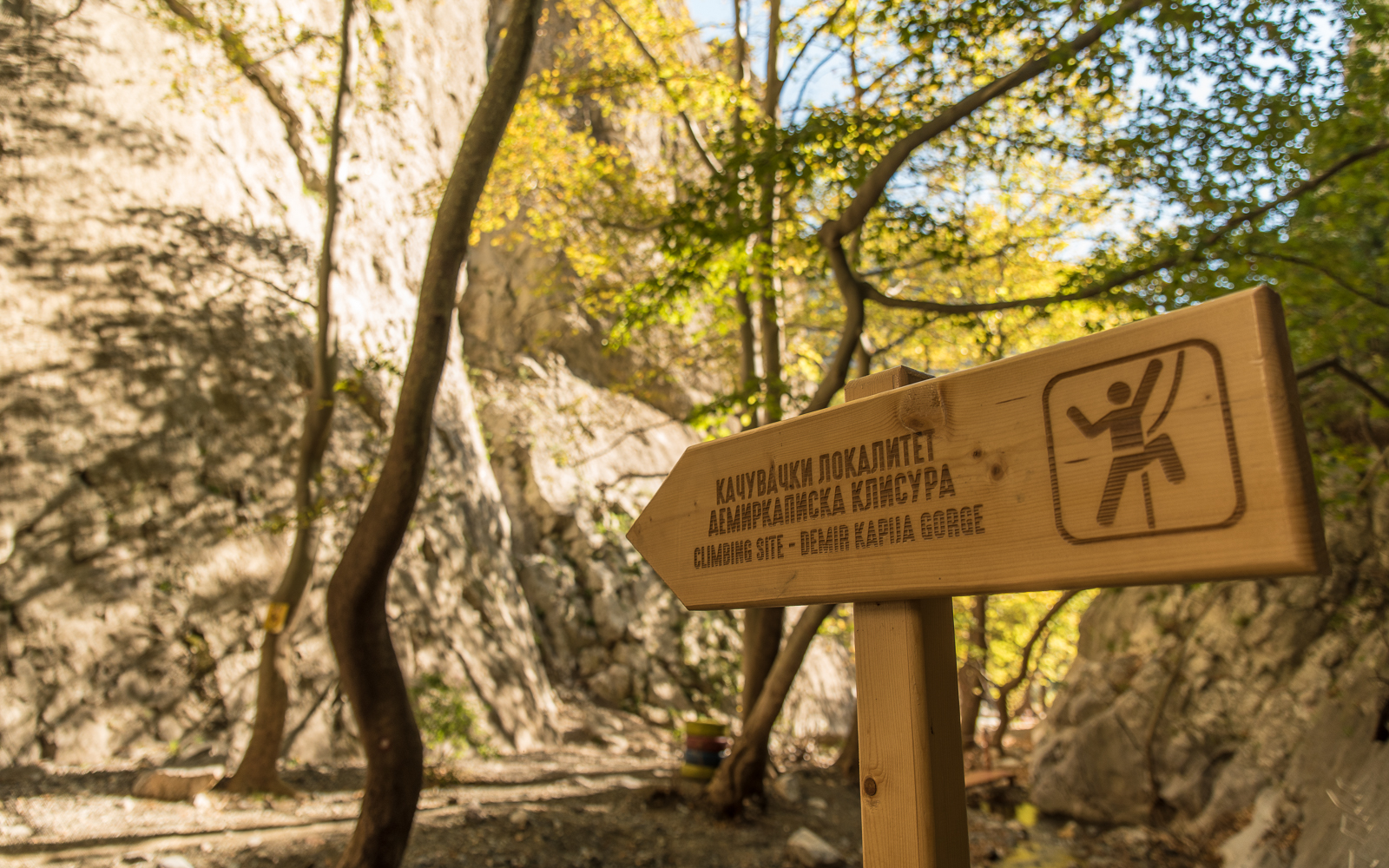
Route Planning
I spend quite a bit of time beforehand researching the area on Google Maps and Earth. Not only does it familiarize you with the area, but it can also reveal some other sights, water sources, camping, and even whole other hikes that might not have been on your radar.
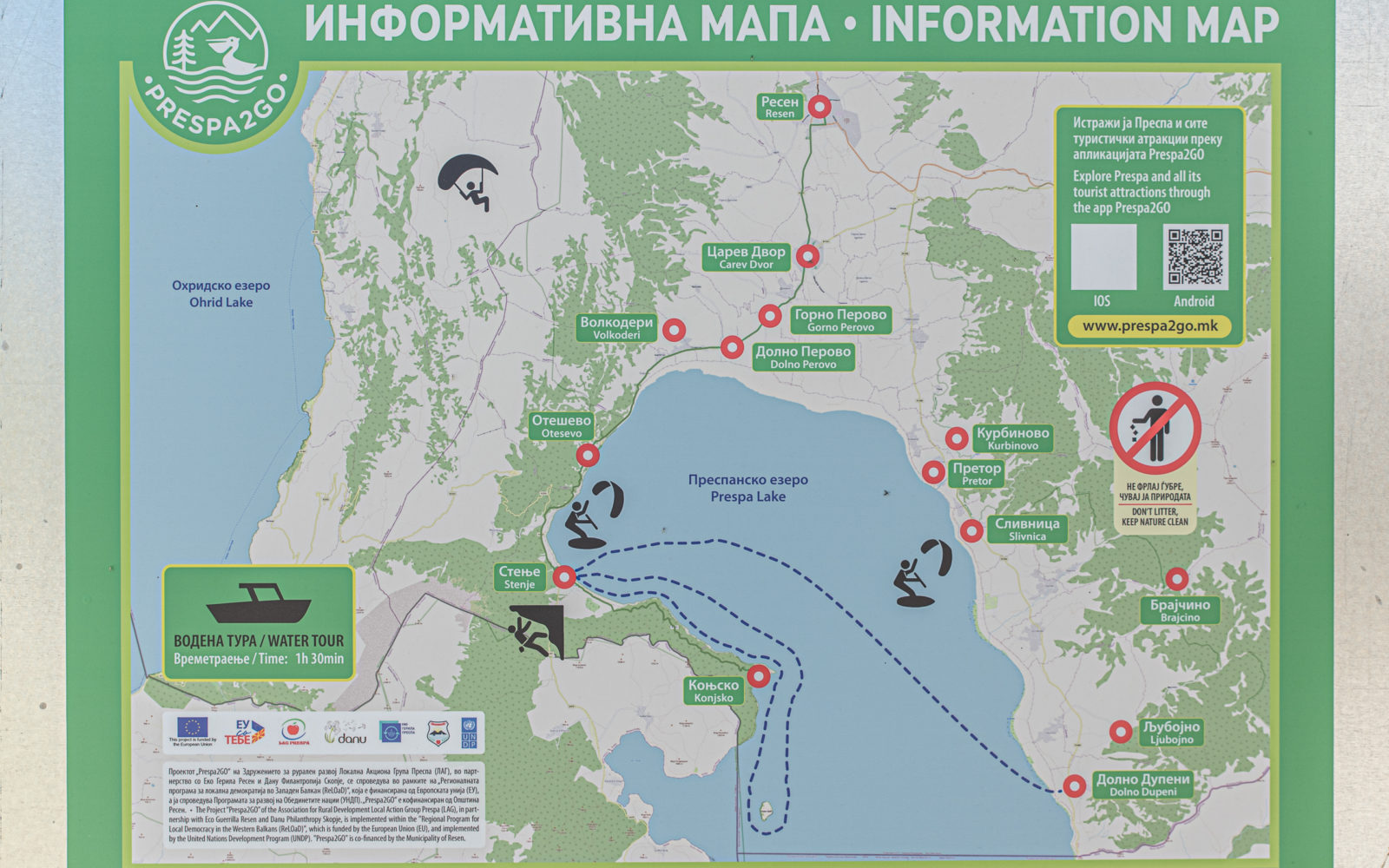
Check the Weather
When I can, I plan my hikes around the weather, choosing sunny, bright days without rain or snow. Because I’m hiking alone most of the time, anything I can do minimizes injury on the trail is worth the added effort. For longer stretches of rain, I use the time to catch up on work, explore the city I’m currently visiting, and plan out more hikes. The crucial thing with checking the weather is making sure you know the forecasted temperatures, especially the lows at night.
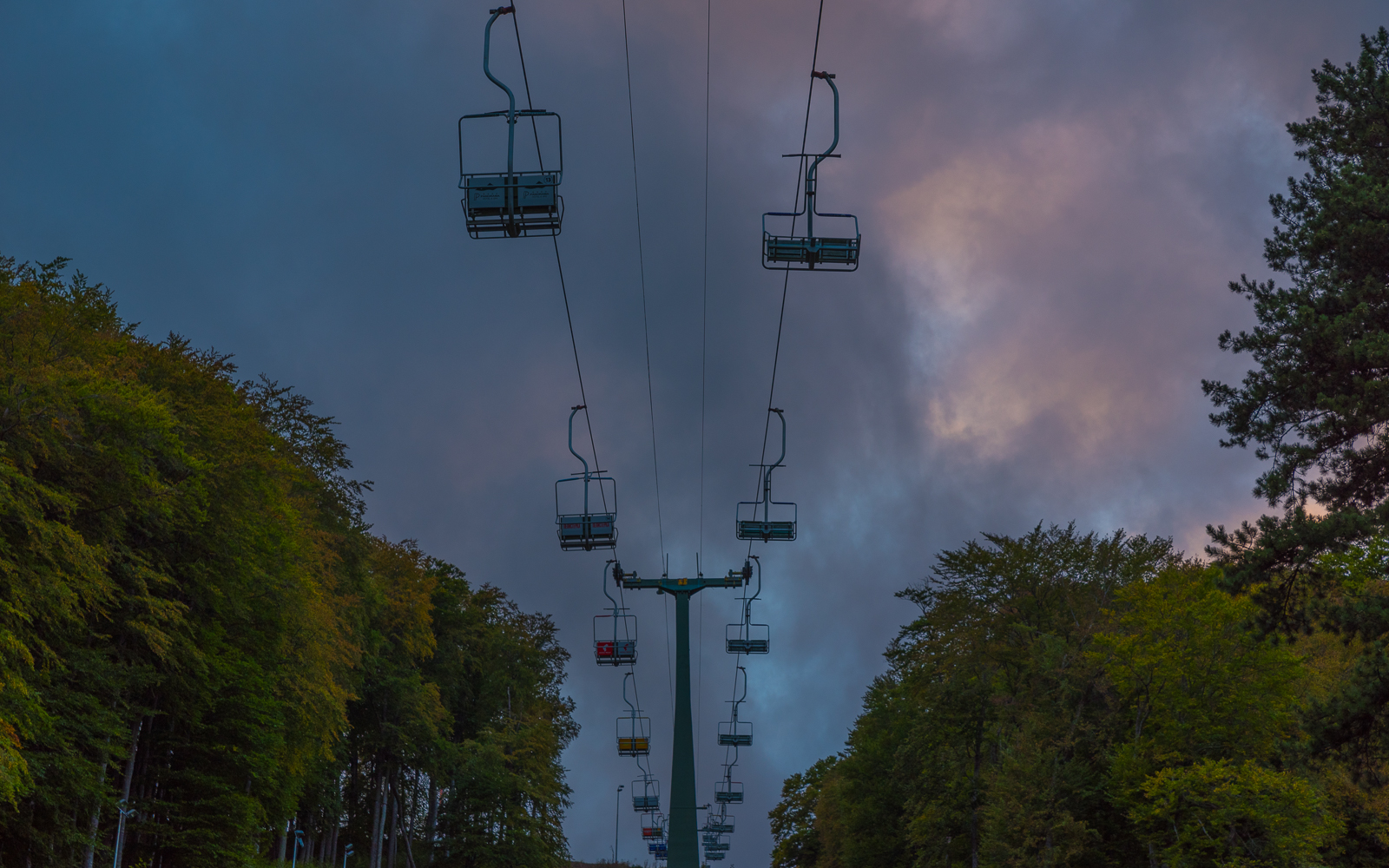
Tell Someone Where You Are Going
I am startlingly bad at this, mostly because I travel alone. When I can, I try to stay at mountain hostels and guest houses. The hosts typically having a treasure trove of hiking information, you can let someone know where you are going, and occasionally pick up a hiking partner.

The Earlier, The Better
A recurring theme in my hiking adventures is that no matter the preparation, I am physically unable to arrive at a trailhead before 11:00 am. Even if I get up with the sun, there is still a small gauntlet of buses, trains, and missing signs as I try to navigate the intricacies of the Eastern European public transit system. Daylight is a hiker’s best friend and the more you have of it, the better off you’ll be.
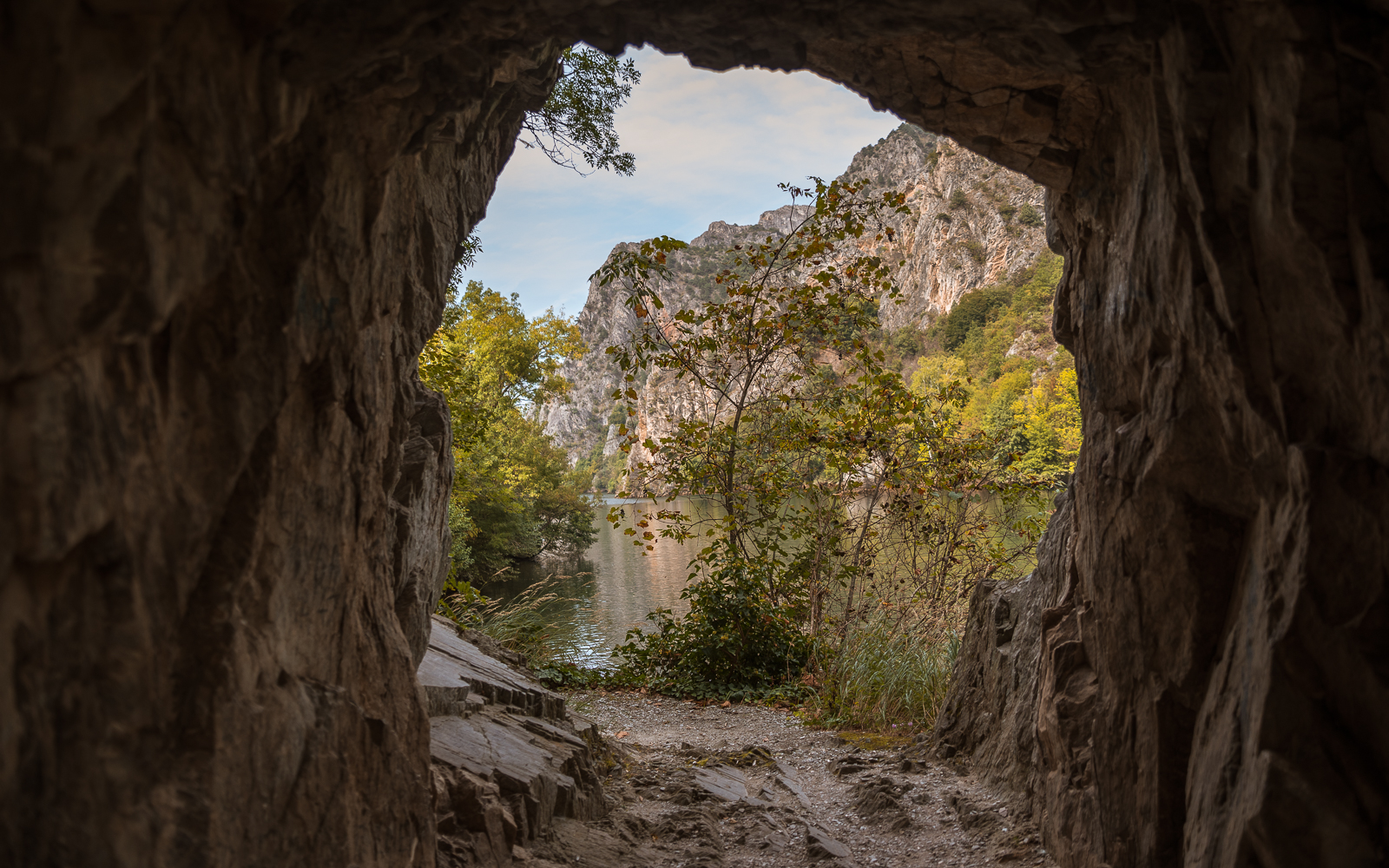
On the Trail
At most major intersections or trail crossings, I take a break to get my bearings and recalibrate. Even if you think you’re going in the right direction, it’s a good habit to get into, especially in a foreign country where you might have misread the signs.
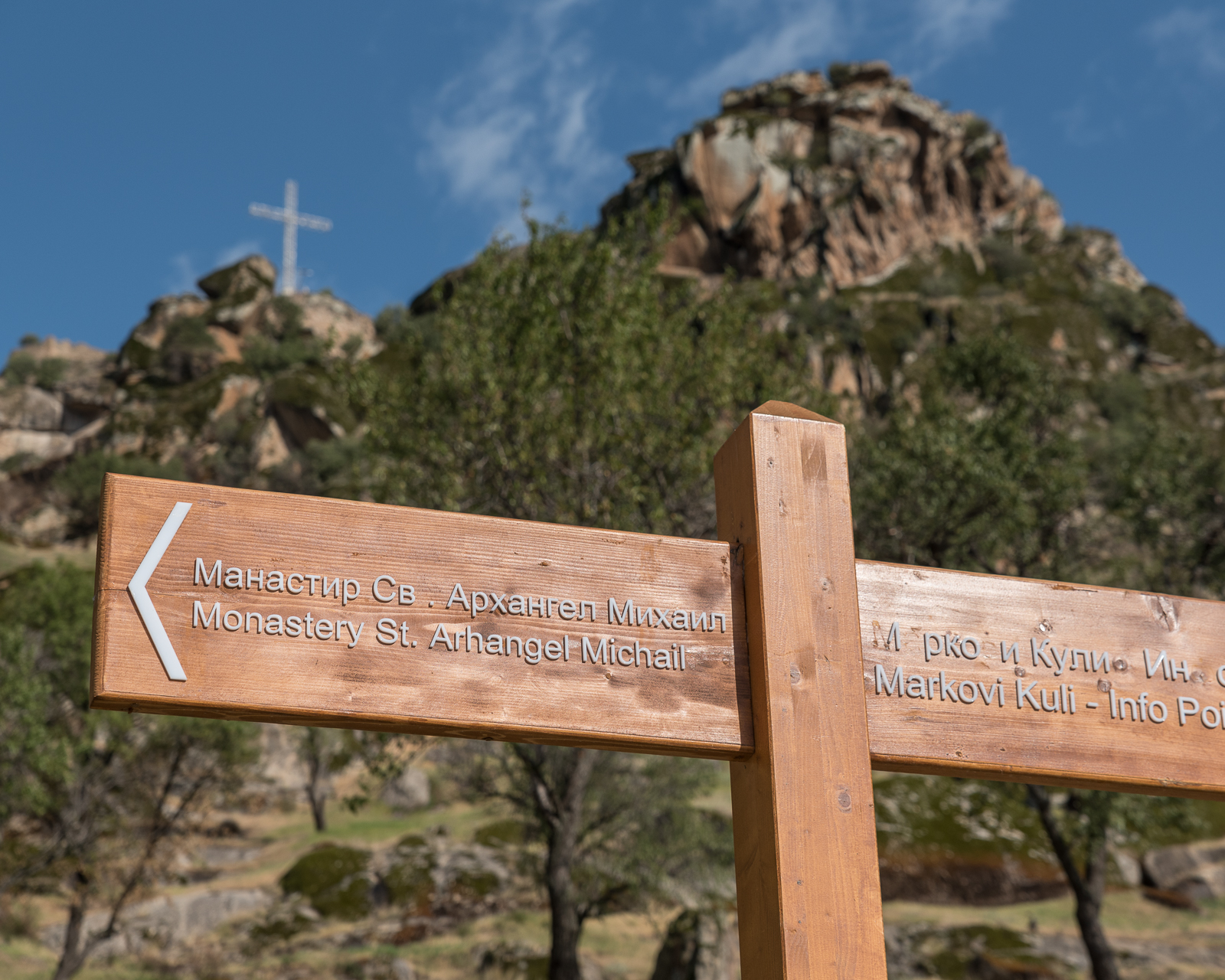
Getting Lost
I have been lost more than a few times and while it can be anxiety-inducing, I usually have enough more than enough tools to help me out of the situation. For hiking, I typically have a fully charged cell phone, a powerbank for recharges, and a physical map of the area.
The moment you realize that you’ve misplaced your route, the first thing I do is a tip from The Hitchhiker’s Guide to the Galaxy. Don’t Panic. At this point, I open various maps and try to pinpoint where I went wrong and if I should backtrack or forge on. If you have to backtrack, backtrack. It’s not worth getting more lost and potentially putting your life in danger.
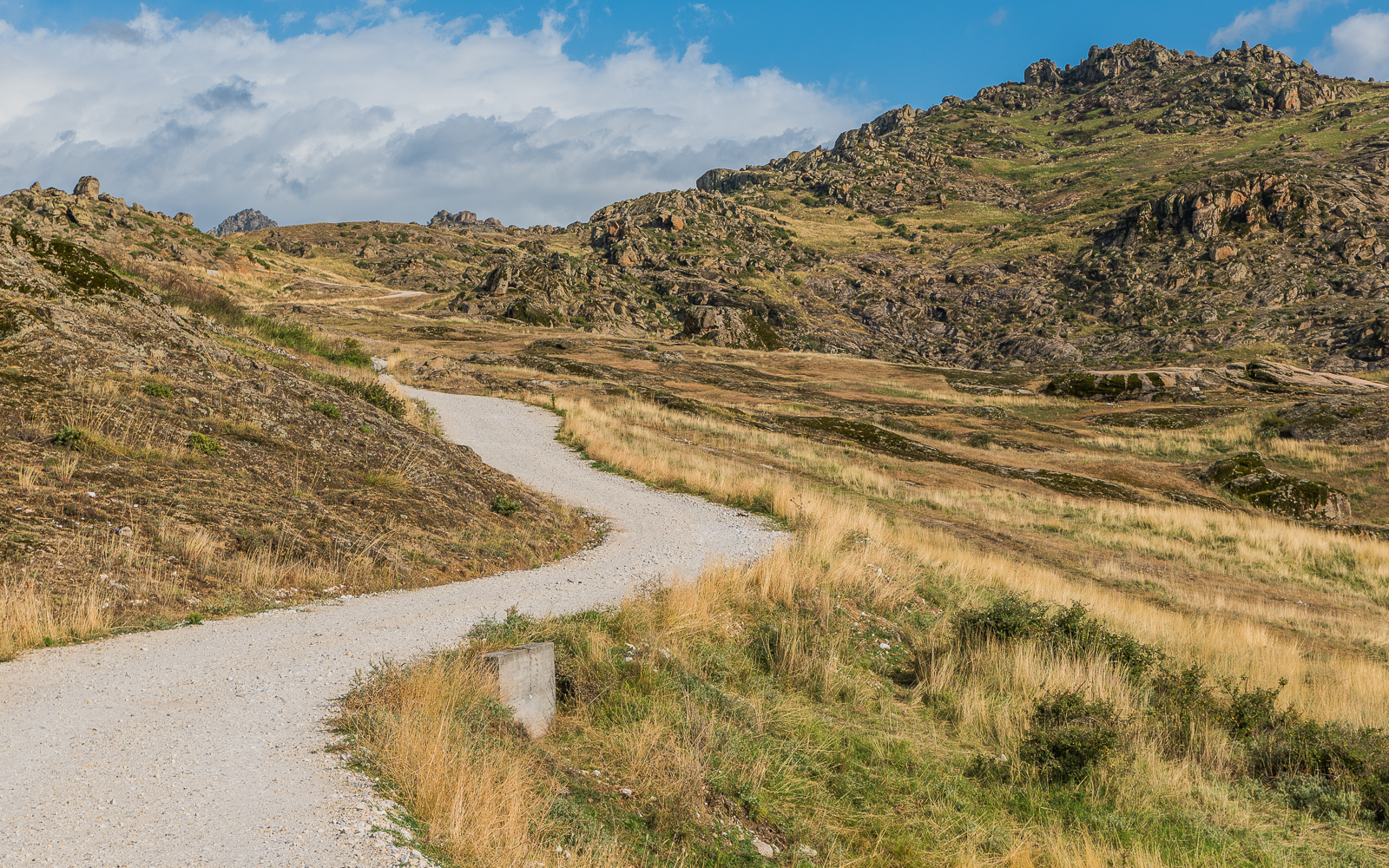
Finally, Be Prepared to Spend the Night
I go on every hike prepared to spend a night in the woods if needed. Here are a few things to bring along.
Lighter: For starting fires.
Snacks: Also known as squirrel snacks (nuts, powerbars, dried fruit, etc…)
Raincoat: Even if there’s no rain forecasted, I bring this layer for wind protection and warmth.
Adventure Pants: I typically hike in lightweight pants. Not super warm, but better than shorts and they protect my legs from thorns and stinging nettles.
Water Purifying Pills: Because you don’t want to compound your issues with explosive diarrhea.
Powerbank: The one I use gives two full charges to my phone.
And most important, remember the words of Sir Anthony Hopkins: “What one man can do, another can do”.
